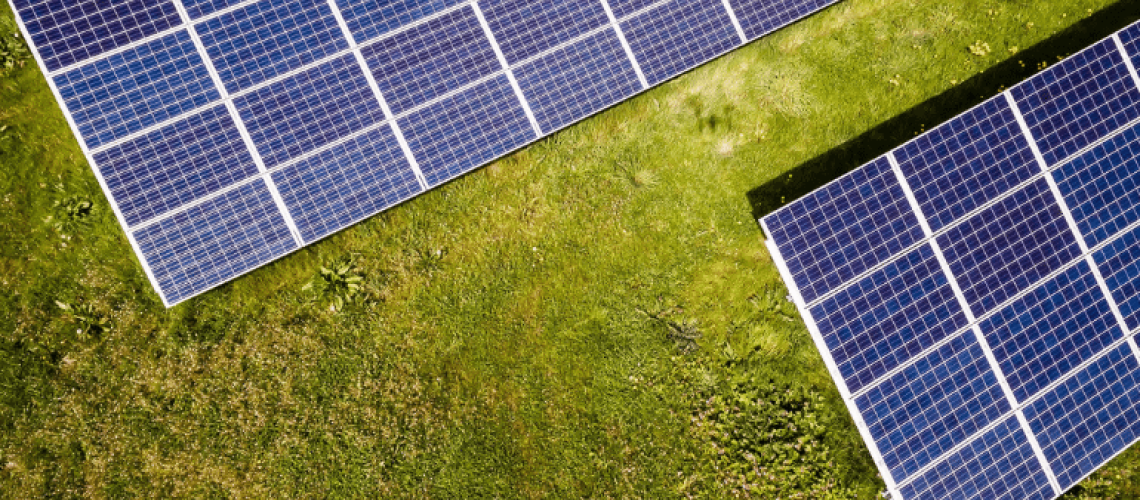National Grid Renewables started on-site construction of the 100-MW Apple River Solar Project in Polk County, Wisconsin.
“As a company founded by a farmer in the Midwest, we have a strong commitment to bolstering rural economies through our renewable energy projects, and it’s exciting to see that growth in western Wisconsin,” said Joe Ibrahim, VP of Construction at National Grid Renewables.
Apple River is expected to generate more than $36 million during its first 20 years of operation, including an estimated $10 million in tax revenue to Polk County and local townships. The Boldt Company is building the project, which will create 150 construction and service jobs. Apple River will use First Solar Series 6 Plus bifacial modules.
“The women and men of Boldt are excited to have been selected by National Grid Renewables for this important project. It takes skilled labor and logistics coordination to efficiently execute these projects, and we are embracing the challenge,” said Mark Osten, VP of business development for Boldt. “As Wisconsin’s longest serving energy builders, we couldn’t be more proud of our role in building this important renewable energy facility in our home state.”
Once operational, the Apple River project will supply power to Xcel Energy to serve its customers across the Upper Midwest. Apple River will also pledge approximately $500,000 to local charities and organizations over the first 20 years of operation through a dedicated charitable fund.
“First Solar is pleased to be supporting National Grid Renewables with our cutting-edge American solar technology as they add Apple River to their impressive development portfolio,” stated Darin Green, senior director of technical sales, First Solar. “Our company has deep roots in the Midwest, which is why we’re especially proud to support partners and projects that work with sustainable, American technology to power America’s heartland.”
Anticipated to begin operation in late 2025, Apple River will generate enough clean, renewable, local energy to provide the equivalent electrical usage of approximately 26,000 homes each year.
News item from National Grid Renewables



